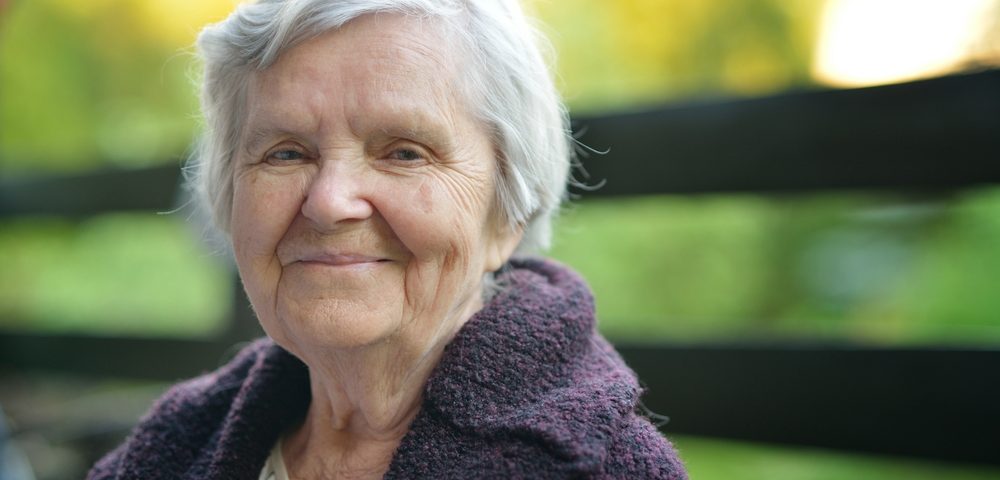Study to Explore Art Therapy for Improving Visuospatial, Motor Function in Parkinson’s Patients

A new exploratory study intends to assess the benefit of art therapy in improving visuospatial function and gait in Parkinson’s disease patients.
The ExplorArtPD study (NCT03178786) is currently recruiting participants in New York City. More information on enrollment can be found here.
The study’s experimental protocol, “Visuospatial exploration and art therapy intervention in patients with Parkinson’s disease: an exploratory therapeutic protocol,” was published in the journal Complementary Therapies in Medicine.
Due to the variety of Parkinson’s motor and non-motor symptoms, including visuospatial dysfunction — loss of space orientation, motion perception, and target localization — effective treatments require multidisciplinary approaches involving physical therapy, occupational therapy, psychological support, family counseling, and palliative care.
When these approaches fail, complementary therapeutic strategies, such as art therapy, may hold potential to help patients restore functional independence and maintain their quality of life.
Although the source of visusospatial dysfunction in Parkinson’s is not fully understood, altered visual function has been consistently shown, with subsequent impaired ability to drive, read, and write, and increased anxiety and depression, as well as a greater risk of falls.
Given the lack of specific therapeutic strategies for visuospatial dysfunction associated with Parkinson’s disease, researchers at the Marlene and Paolo Fresco Institute for Parkinson’s and Movement Disorders at NYU Langone Health developed an art therapy intervention protocol that includes psychotherapy and art creation to address visuospatial dysfunction and psychological needs of Parkinson’s patients.
The study is aimed at determining the characteristics of visuospatial exploration and its neural basis as assessed by clinical and behavioral tests, neuropsychological inventories, eye tracking, gait analysis, and brain magnetic resonance imaging (MRI). Researchers also intend to assess the therapeutic impact of art therapy on visuospatial dysfunction and gait in Parkinson’s patients.
“According to our preliminary data [art therapy] appears to be a safe, non-invasive, reproducible modality of intervention that could be administered to [Parkinson’s] patients with potential ease of recruitment,” the authors wrote.
The study has an anticipated enrollment of 40 participants, 20 of whom will have a clinical diagnosis of Parkinson’s disease and a Hoehn and Yahr scale stage of 2-3 — stage 2 meaning symptoms on both sides of the body, but no balance impairment, and stage 3 referring to balance impairment and mild to moderate disease. They must also have no history of clinically active eye abnormalities, and be eligible to undergo brain MRI scans. Researchers will also include 20 age-matched participants without Parkinson’s disease who will serve as controls.
Parkinson’s patients will undergo open-label art therapy and assessments both before the completion of art projects (baseline) and after completion (follow-up), while control participants will only undergo baseline assessments. In patients with motor fluctuations, the assessments will be made in the “on” state, when motor disability is milder and assessments can be performed with a lower risk of physical or psychological fatigue.
Art therapy will consist of 20 consecutive sessions lasting 90 minutes each, approximately twice per week for a maximum of 14 weeks. It will be administered by credentialed professionals with a master’s degree in art therapy. The approach will favor group dynamics, mutual support, and encouragement through shared projects. A total of nine different projects are planned, which will be introduced every two sessions.
Art materials — pastels, clay, ornamental fabrics, watercolor, paint and brushes — and projects will be tailored to personality traits, artistic preferences, level of artistic engagement, and physical limitations. Each project will focus on different aspects of visuospatial function, such as the ability to comprehend, manipulate, and create 3D artifacts using multisensory integration and hand-eye coordination, and organizing artifacts in 2D, which implies abstraction skills and sequential planning.
Eye tracking, taking place over 70-90 minutes, will be assessed with a head-mounted, infrared-based device during the performance of neuropsychological inventories, namely the Rey-Osterrieth Complex Figure Test and a modified, multiple-choice version of the Benton Visual Retention Test, on different aspects of visuospatial and executive skills. Connectivity between different brain areas will be determined with MRI scans lasting 45-90 minutes.
Emotional well-being, daily quality of life, and motor and non-motor symptoms of Parkinson’s will be assessed using different scales, questionnaires, and tests, along with three computerized tasks to assess visual discrimination, perception and visual-executive functions.
Art assessment will use the House-Tree-Person Projective Technique, which involves drawing three familiar themes — a house, a tree, and a person — to collect information about the person’s intentions and associations at both conscious and unconscious levels. It provides insight into an individual’s cognitive, psychological, emotional, and physical state when drawing.
Art therapy will begin approximately six weeks after the baseline phase of the study. Medical monitoring will carefully assess adverse events, although the team expects risks to be minimal.
“We believe that both patients and the scientific community will benefit from the knowledge gained from this study,” the researchers wrote. “A favorable outcome in this pilot study would support the development of further trials aiming to validate the therapeutic potential of this novel paradigm of neurorehabilitation.”






